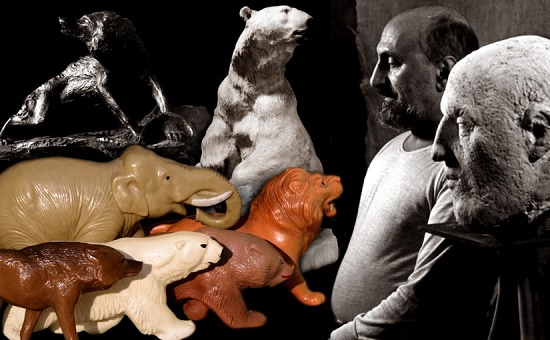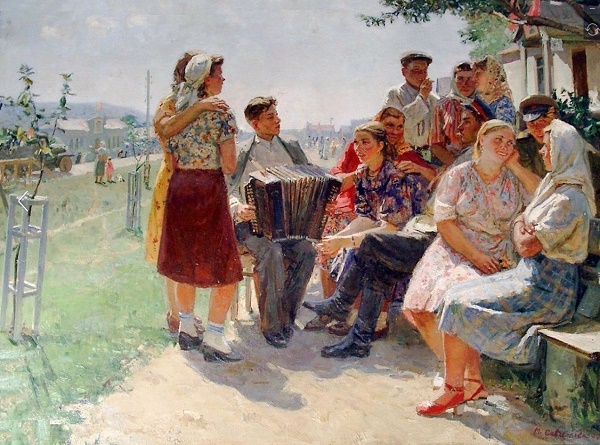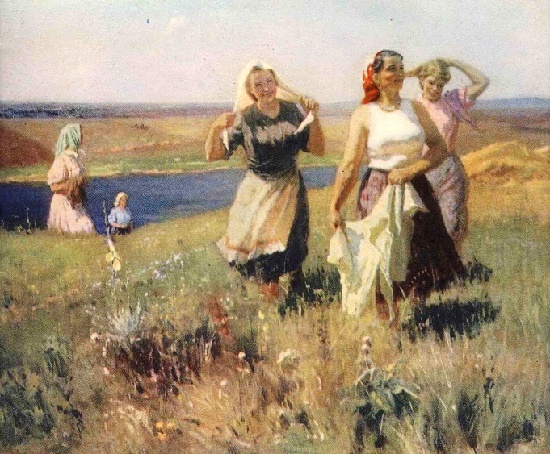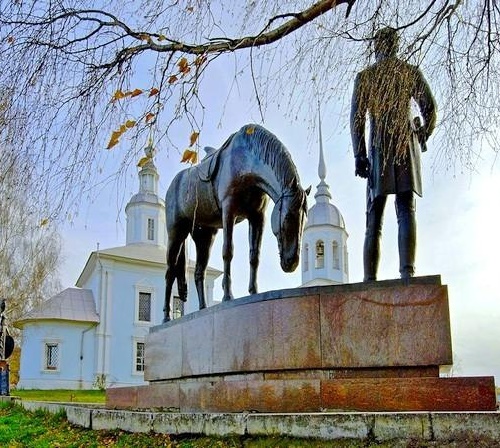Soviet sculptor animalist Boris Vorobyov

Celluloid beasts of the Soviet sculptor animalist Boris Vorobyov (November 6, 1911, Tomsk – April 25, 1990, Leningrad)
Soviet sculptor animalist Boris Vorobyov
Probably, each of Soviet family had porcelain or plastic animal figures at home, and the author of them was Vorobyov. The animal sculptor worked in various materials: porcelain, faience, ceramics, glass, wood and metal. He is one of the leading animal sculptors and artists of the Leningrad Porcelain Factory, Honored Artist of the RSFSR, participant of all-Union and international exhibitions. His works are in the Hermitage, the Russian Museum and the Tretyakov Gallery, museums and private collections.
Boris (Isai) Vorobyov was born in the city of Tomsk in 1911. Until the age of 25, Boris himself had no idea that he would become an animal sculptor and this would become the work of his life. During his life, he tried many professions: he was an assistant to a bricklayer, a school teacher, and even an air gymnast in a circus. Also, he served at a dairy factory and studied at the construction college. In 1932, he entered the Moscow Institute of Architecture and Civil Engineering, but in 1936 left it and moved to Leningrad to enter the Academy of Arts to become a sculptor.
More »





